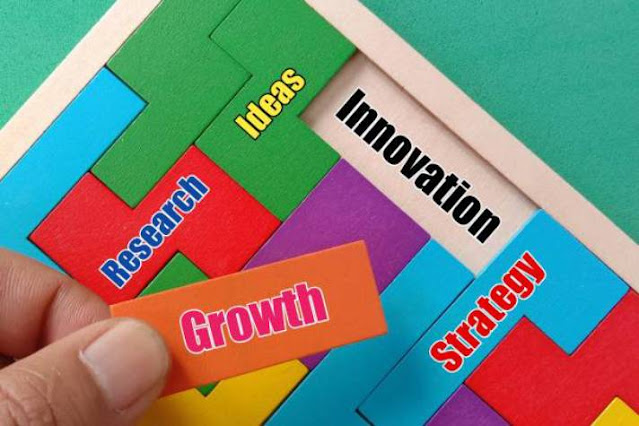How to Make an Ascending SEO Client Management System
SEO is a vital digital marketing tool that can boost your company and generate you revenue and take your company to the places you dreamed of. It is a somewhat complicated and multifaceted entity and even if you have basic knowledge about it; you will still think that it is not enough.
SEO is made of several elements and knowing how they work
and what they are is the key to understand the significance of SEO. With the
help of SEO, your website will be more visible; you will garner more traffic
and will have more opportunities to convert prospects into clients.
If you want to build a long-lasting working relationship
with the client, want to spread brand awareness, and position yourself as a
trustworthy and authoritative expert of your field, then SEO is your weapon.
Building an efficient client management system will put everything clients need
in just one roof.

Steps to Build an SEO Client Management System that Scales:
With the help of these steps, you will be able to build a
seamless and scalable client management system:
1. Greet clients with a seamless onboarding experience
More than 50% of B2B companies eliminate vendors after a bad
customer service experience. Hence, it is more vital than ever to treat your
clients with efficient service if you want a repeat business with them.
Your sales funnel will consist of emails, phone calls, and
follow-ups, and it is a well-oiled machine. If you want to continue onboarding
with it, then you can apply some of the same principles and automation to make
it just as smooth and efficient.
What follows are some tips for that:
Use an Intake Form
Email is not the only tool to capture the crucial details
you need from your clients. Emails can get lost, end up in spam, and there’s no
structure to how that data is formatted. Hence, design a form that can
efficiently give you detail about your client’s requirement.
Follow up on Details
If clients fail to provide the required details, choose to
go with automating follow-up. It’s a good practice to put a time limit on this
step, but be ready for one thing; your clients may be coming back months later
to resurrect old projects.
2. Decide One Communication Channel and Stay with it
Using phone, email, helpdesk, live chat, and even Facebook
will give you flexibility during the sales process. Still, it’s near impossible
to get your team and client on the same page with updates coming from multiple
directions. Create one main channel after the sale, and forward any messages to
it.
Email is the preferred channel for 81% of B2B
communications, but you know how messy and unorganised they can get. Various
tools can solve these hitches by allowing your team to have a shared inbox with
tagging, assigning, and organising features.

